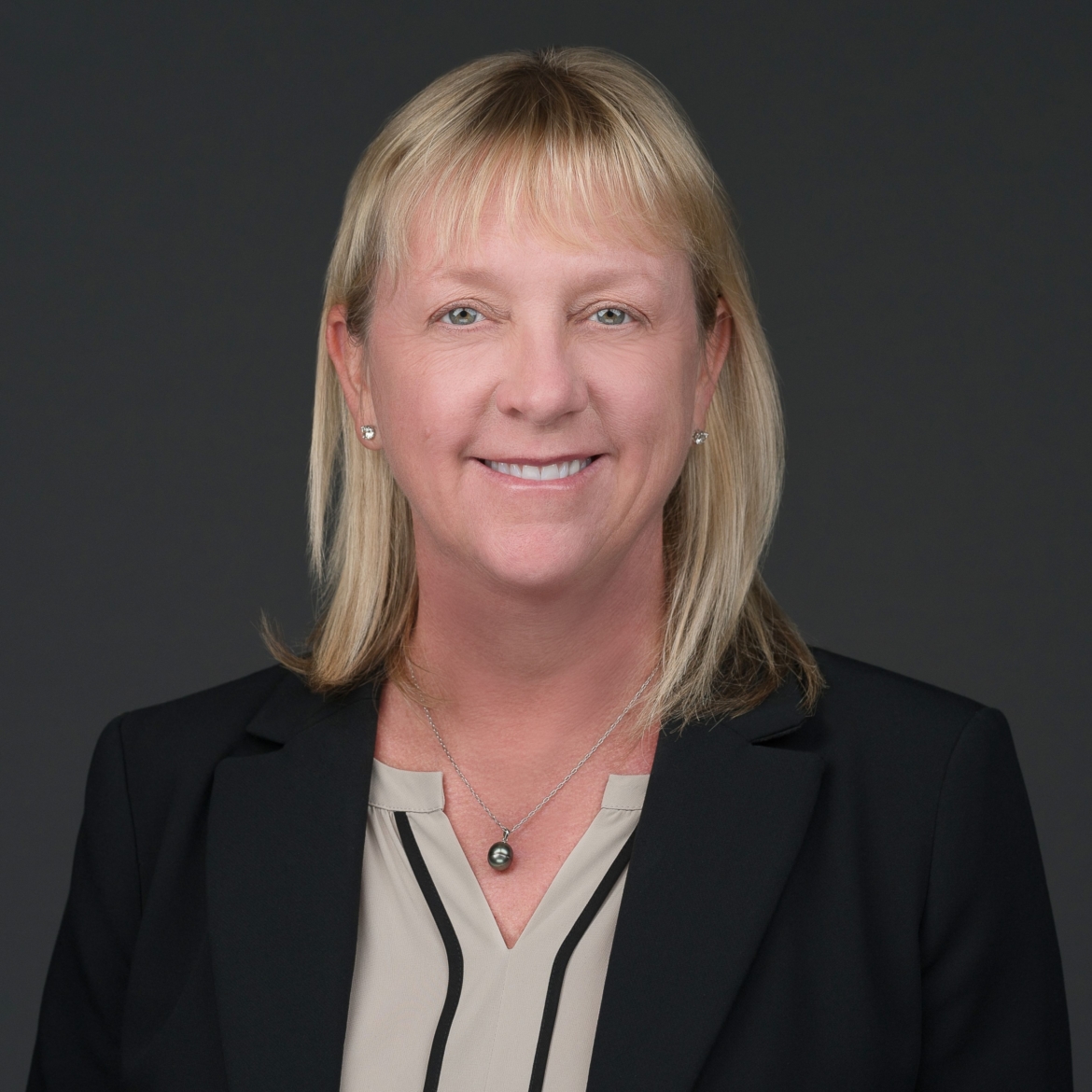
Marianne Wheeler
Maui Waena Intermediate School
Kahului, Hawaii
marianne.wheeler@k12.hi.us
Best Practices
1) One of the founding principles of our school is to develop the whole child, enabling them to be positive community contributors. Not only is academic success important, we must also focus on the social emotional well-being of our students. This is important for all students and adults, but especially for middle school students. Middle school is a time when students are changing physically, mentally, socially, and emotionally while trying to find their way in the world.
As the over school climate positively changed we noticed students increasing their trust in the adults on campus. However, with this new trust, a new challenge arose. Students started to report “cutting” or “self-harm.” As the numbers increased, we developed a flow chart of support services for these students. We partnered with outside agencies for interventions, support, and training. Each identified student was assigned a counselor and we would have a weekly meeting to discuss their progress and next steps. As the numbers stayed consistent we realized we needed to be more proactive and work on preventing self-harm and helping students with their social and emotional learning (SEL).
With the support of our counselors we were able to choose a school-wide SEL program. The teachers were trained to use it, and it was implemented in all classrooms. We dedicated two days a week of our advisory program to the SEL program. We aligned our SEL program with our Positive Behavioral Interventions and Supports program so that we could recognize common themes and threads in line with our General Learner Outcomes, the Hawaii DOE’s state character program.
While implementing the SEL program, teachers realized the power they had to build positive relationships with students and were able to get to know them on a significantly deeper level. After the first year of our SEL program, our reported self-harm numbers were down by 40 percent.
At the beginning of this COVID school year, we continued to focus on implementing the SEL program for the students even though we are distance learning. We set up an online counseling corner, Google classrooms for the counselors, and other resources to help families. We felt it was crucial in these times to teach students how to interact positively with each other in a virtual environment.
We continue to train teachers in supporting students on distance learning and have developed a new check-in list and protocol for students of concern. Our staff has worked hard to build positive relationships from a distance and has been proactive with our students; identifying students that may not be doing well. Overall, I feel that having a positive school culture and positive relationships with students, families, and community agencies have allowed us to help many students in ways that we did not even know. We recognize that we may not know what will come out of this pandemic but we are grateful to continue to focus on the social and mental well-being of our students and that hopefully this work will allow us to help students heal.
2) One of the best practices for any school administrator is to be observant of what is happening on campus. At this point it has been almost a year with limited students on our campus. We were planning on returning to face-to-face instruction in January 2021, but after the COVID positivity rate increased we did not return and continued with distance learning. Students are not attending all their classes with our current schedule. Our teachers are frustrated as are our parents, and everyone is just exhausted with the uncertainty of if and when we will return. I refer to it as “COVID fatigue,” and it is impacting all the stakeholders within the school setting.
As we are limited to make changes to our current master schedule this year, we have put our energy in developing a new bell/master schedule that has the flexibility to be a face-to-face schedule and a distance learning schedule. I have been working with teachers on how to be ready for different possibilities for next school year to best serve the needs of students, teachers, and families. We have also incorporated an additional advisory period to start next school year to help students with the transition back to school, and to focus on helping them with skill recovery. We will be doing this with our grade level teams, this will also allow us to put some fun back into the school day by allowing student activities during certain advisory periods.
We will also be embedding a virtual period for teachers for those students that will not e returning to campus, whose parents choose to keep them distance learning. We feel it is important that each student be able to meet with their teachers daily, and not utilize an online learning platform. We currently have about 425 students utilizing the online program Acellus. It has been difficult at times as we had to find non-classroom teachers to monitor the students. The overall feeling is that our teachers have the ability to teacher virtually and that would better serve our students and families then an online program.
Our next steps are to have teachers work on developing and recording online lessons for students to access through their Google classrooms. These lessons will not only help the distance learning students but any students who are absent from school or maybe quarantined so they do not miss any education. This school year we provided every student with a Chromebook, we will continue to provide all our students with a computer next year as well in the hope to have a seamless plan to be able to move from face-to-face to distance as needed.
COVID has been a mixed blessing, it has forced a change in how education will be delivered for future generations. It is an exciting time to see the changes in education and the integration of technology.


